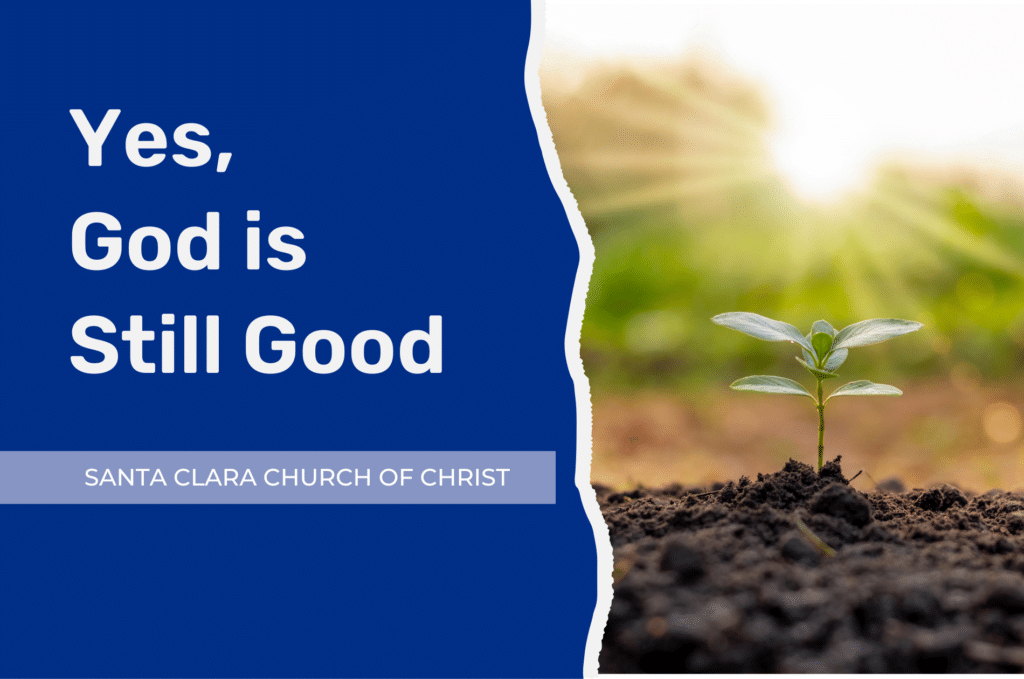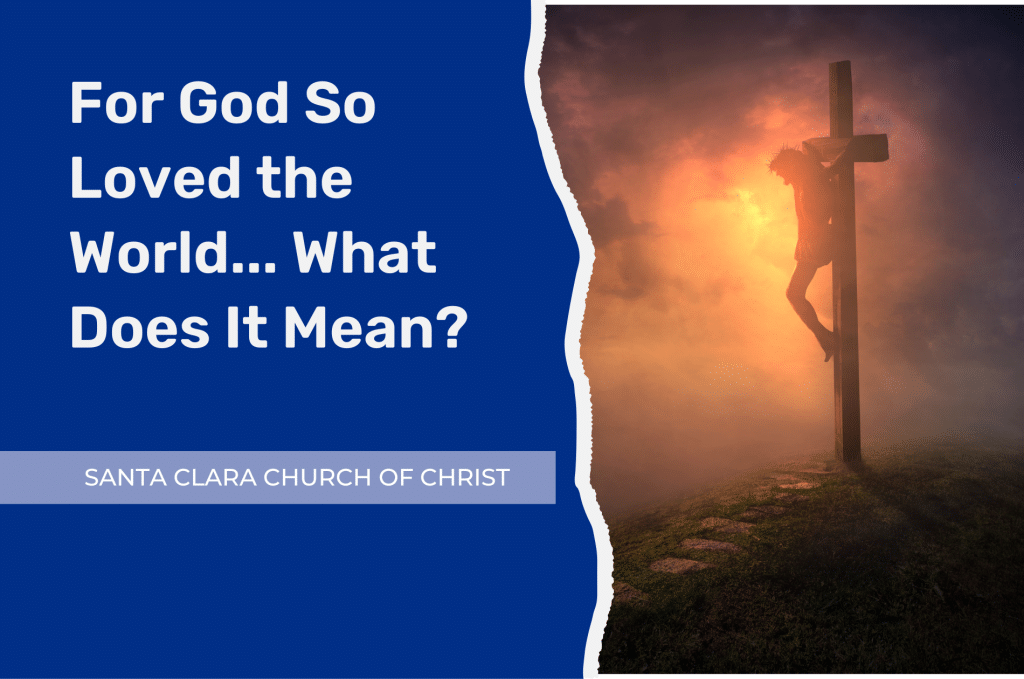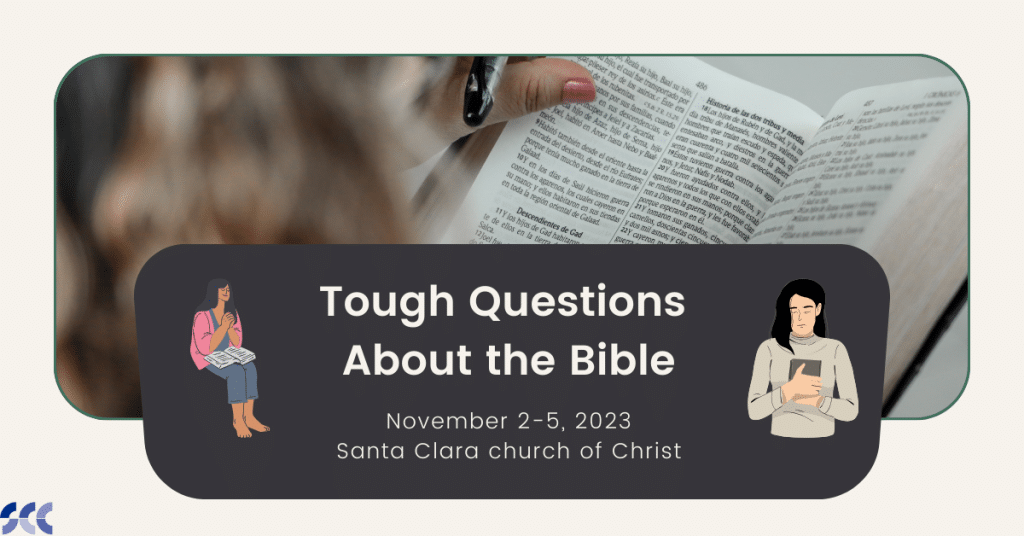As I write this, I am in the middle of an engaging new book by social historian Rodney Stark, The Triumph of Christianity. A compendium of the most significant findings in many of his earlier works, this masterpiece summarizes “how the Jesus movement became the world’s largest religion.” There are treasures of priceless information on almost every page concerning the history of the church and the social background in which Christianity first thrived.
One of the hundreds of thought-provoking ideas Stark touches on involves the cultural setting of evangelism, and why certain people are more prone to convert than others. Stark asserts:
“Although social networks play the critical role in conversion, doctrine matters too, just not in the way that usually has been supposed. It is not so much a matter of what the doctrine promises to do for people as it is that bodies of doctrine, and the religious culture that surrounds them, represent investments of time, effort, and emotions. That is, any religion requires an adherent to master a lot of culture: to know the words and actions required by various rituals or worship activities, to be familiar with certain doctrines, stories, music, symbols, and history. Over time, people become increasingly attached to their religious culture (“It just wouldn’t be Christmas for me without an angel at the top of the tree”). Expressed as a social scientific concept, one’s religious capital consists of the degree of mastery of and attachment to a particular religious culture.
“It follows that, other things being equal, people will attempt to conserve their religious capital. This proposition has many implications. For one thing, people will tend not to change religions, and the greater their religious capital, the less likely they are to change. This is supported by a large research literature showing that converts overwhelmingly are recruited from the ranks of those having a very weak commitment to any other religion. In the United States, the group most likely to convert to a new religious movement consists of people raised in an irreligious or nonreligious home. In addition, people are more likely to change faiths to the extent that they are presented with an option that allows them to preserve much of their religious capital.” (Rodney Stark, The Triumph of Christianity, p. 67)
I believe in the “power” of the gospel to change anyone who is humble enough and hungry enough to see the truth (Rom. 1:16), regardless of religious captital, but there is nevertheless much to ponder in Stark’s analysis. In the Acts of the Apostles, Paul converts some idolaters, but he is much more successful with God-fearing Gentiles who attend a synagogue, know something about the Old Testament, and have a faith in the one true and living God. In fact, conversion of God-fearing Gentiles was a major factor in infuriating Jews who had too much invested in Judaism to consider the claims of the gospel themselves, as happened at Thessalonica. Jews there were “filled with jealousy” when Paul converted some “devout” Greeks (cf. Acts 17:4-5). And Luke writes concerning Paul’s work in Corinth, “When Silas and Timothy arrived from Macedonia, Paul was occupied with the word, testifying to the Jews that the Christ was Jesus. And when they opposed and reviled him, he shook out his garments and said to them, ‘Your blood be on your own heads! I am innocent. From now on I will go to the Gentiles.’ And he left there and went to the house of a man named Titius Justus, a worshiper of God. His house was next door to the synagogue… But when Gallio was proconsul of Achaia, the Jews made a united attack on Paul and brought him before the tribunal, saying, ‘This man is persuading people to worship God contrary to the law.’” (18:5-7, 12-13).
The idea of religious capital is a barometer of sorts, a valuable indicator of a prospect’s likely openness to change. Likewise, in modern times it is often easier to win someone who has very little invested in a particular religious tradition than someone whose whole life and social circle are wrapped up in it. What are the implications of this concept for evangelistic work?
- Realize that large deposits in a false belief system are difficult to overcome. We must be willing to present the gospel to everyone, but evangelism also involves wisdom in analyzing one’s prospects. Those who have less invested in a false system are more likely to make a change. On the other hand, the greater the investment in a competing ideology, the more likelihood there is that the prospect is a long-term project… or not interested at all in the truth.
- Realize that social components play a powerful role. Stark says, “People tend to convert to a religious group when their social ties to members outweigh their ties to outsiders who might oppose the conversion, and this often occurs before a convert knows much about what the group believes.” He adds, “Social networks are the basic mechanism through which conversion takes place” (p. 62). On the one hand, I am radically opposed to a social gospel, in which social considerations outweigh spiritual teaching (Jn. 6:44-45). On the other hand, we must realize that people are fundamentally social creatures, and God has blessed us with the church so that the Lord’s work might be done in a social context.
- Harness the power of teamwork at the point of initial contact. When we focus on “personal evangelism” as an exclusive model, and fail to enlist the entire congregation, we rob ourselves of group synergy in reaching lost people. Team stands for “Together Everyone Accomplishes More.” The church in Santa Clara where I preach is a cultural melting-pot. When a person of a particular culture, language, or age-group visits us, we immediately try to link that person up with others who can identify with him or her. The more “connections” we can make, the greater our chances of gaining a hearing. The gospel must be presented, to be sure, but it should be done by “friends” who make a strong personal investment in the prospect.
- Harness the power of teamwork in retention. I tell new converts that the local church brings blessings and responsibilities, because God has designed a system in which no one goes to heaven alone. The local church is a “support system.” We do not have to fly solo. Integration of young Christians, so that they feel a strong sense of belonging in the local church family, is vitally important.
- Focus on how many we retain, not how many we get wet. Integrating a new convert is also a matter of building religious capital. The gentle nurturing of a new convert has two key components: a) an investment in learning and internalizing principles of the gospel to the point of an absolute commitment; and b) a growing awareness that spiritual survival depends on the social support of God’s family. Consequently, a congregation must provide strong follow-up teaching after baptism. Second, a new convert’s social circle has to change so that his spiritual “family” means something to him. Sometimes we read of inflated (or wildly successful) baptism reports in various places… with little to show for it long-term. Understanding the principle of religious capital helps to redress this misplaced emphasis.
For what it’s worth, one reason I enjoy preaching in California is that, for all the bad press it gets for being a hotbed of liberalism, secularism, and worldliness (often rightly so), there are a lot of people who don’t have much invested in religious capital… which means that the evangelism possibilities in the nation’s most populated state are enormous. Put another way, I find that uncommitted secularists are often more ready to convert than staunch Baptists.
Mike Wilson
mikewilson777[at]yahoo[dot]com
[wpsr_plusone]



